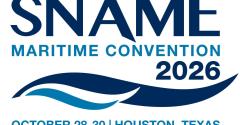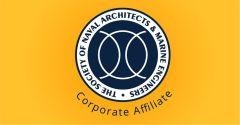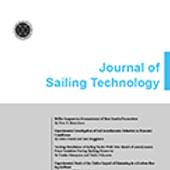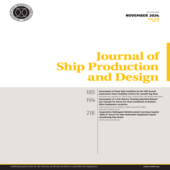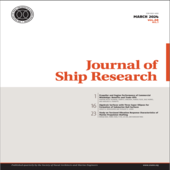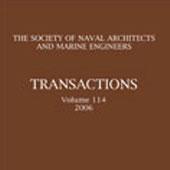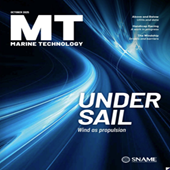Professional Development
In the United States and Canada (as well as many other countries) engineering is a licensed profession. Many disciplines require drawings to be approved by a licensed engineer before they can be issued. Being licensed shows you have a legal responsibility for your work. Licensing also indicates a commitment by the individual to continued professional development that many companies find valuable. The following provides information on the licensing process in the United States (PE) and Canada (PEng). Information on various other international licensing is coming soon.
Steps to PE Licensure in the US
- Become an Engineer-in-Training (EIT). In the US, this requires you to hold a bachelor’s degree from an accredited institution and pass the Fundamentals of Engineering Exam (FE). The following websites have information about the FE:
- From NCEES: http://www.ncees.org/exams/fe_exam.php (Information from the makers of the exam on content, pass rates, and disciplines offered)
- Free review material from the University of Oklahoma: http://feexam.ou.edu\
- Work for five years under an accredited PE. Note that credit for one year will be given for holding a graduate degree. Work experience prior to passing the FE counts.
- Pass the Professional Engineer Exam (PE)
- Keep your license current
- Each state has its own requirements for the number of professional development hours (PDHs) required for license renewal. Check your state board website for more information (see the map below)
- For more information on the US rules and exams, please go here: http://www.ncees.org
Steps to PE Licensure in Canada
- Become an EIT (if required in your province). This requires you to hold a bachelor’s degree from an accredited institution and register with your province.
- Internship. The amount of experience needed is determined by province, but the minimum time is 1-4 years. Click on your location on the map below for your province’s requirements.
- Pass the professional practice exam.
- Application for the exam requires you to report your experience level and obtain references.
- Note that if you did not complete your education in Canada you will need to have your education assessed. This may require an Academic Examination as well.
- Keep your license current
- Each province has its own requirements for the number of continuing education hours required for renewal. Check your board website for more information (see the map below).
- For more information on the Canadian rules and exam, please go here: http://www.peng.ca/english/index.htm
Steps to CEng registration in the United Kingdom
- Gain membership in a professional engineering organization aligned with your interests in the fields of naval architecture, marine engineering, or offshore engineering that is recognized by the Engineering Council. Examples include the Royal Institution of Naval Architects (RINA) and the Institute of Marine Engineering, Science, and Technology (IMarEst).
- Engineering Council website: http://www.engc.org.uk/
- RINA website: http://www.rina.org.uk/
- IMarEst website: http://www.imarest.org/
- Demonstrate to the professional organization’s registration board the required academic or experiential qualifications or a combination of both depending upon your individual education and career track.
- Submit to the professional organization’s registration board a Professional Review Report. This report will typically be comprised of the following:
- A summary of the candidate’s career to date.
- A detailed description of the activities that have contributed to the candidate’s professional development.
- A record of activities contributing indirectly to the candidate’s professional development such as conference attendance, paper presentations, and a demonstration of commitment to continuing professional development.
- Successfully pass the Professional Review Interview administered by members of the professional organization’s registration board.
- The Professional Review Interview typically seeks to expand upon information contained in the Professional Review Report.
- Keep your CEng up to date.
- Different professional organizations recognized by the Engineering Council have different guidelines on continuing professional development requirements.
- Additional resources and explanations are available on the RINA and Engineering Council websites:
- RINA CEng registration process: http://www.rina.org.uk/hres/guidance%20on%20applying%20for%20registration%20_sep%202010_.pdf
- RINA Professional Review Report guidance: http://www.rina.org.uk/hres/guidance%20on%20the%20professional%20review%20report2.pdf
- RINA Professional Review Interview guidance: http://www.rina.org.uk/hres/guidance%20on%20the%20professional%20review%20interview1.pdf
- Engineering Council CEng registration process flowchart: http://www.engc.org.uk/ecukdocuments/internet/document%20library/Flowchart%20showing%20standard%20routes%20to%20registration.pdf
Steps to EUR-ING registration throughout Europe
The European Federation of National Engineering Associations (FEANI) grants the EUR-ING title to engineers that meet certain professional requirements.
- Information on how to apply can be found here: http://www.feani.org/site/index.php?id=111
- As with the CEng title, applicants must first be members of professional engineering organizations aligned with their specific interests and experience that are represented in FEANI. Two of the most obvious organizations are again RINA and IMarEst.
- Individuals with a CEng title are automatically eligible for the EUR-ING title.


